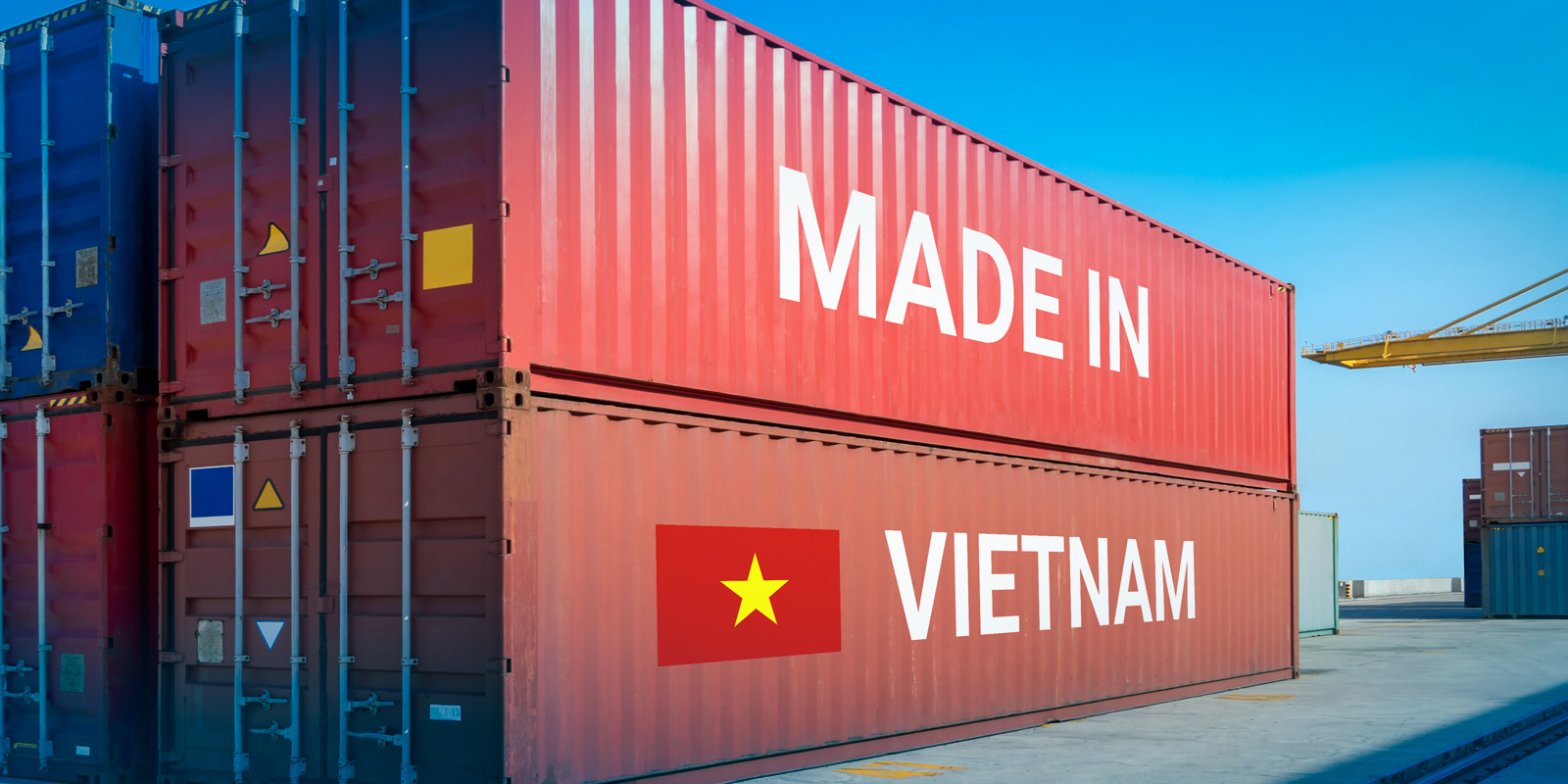Undoubtedly, we all have our eyes and ears on the discussions surrounding Trump’s 2025 tariffs. Will the negotiations conclude soon? That’s the million-dollar question — and one we don’t have the answer to.
But there’s one thing we can explore: the potential impact of these tariffs on climate policy. Why? Because while climate policy may seem unrelated, trade is directly tied to carbon footprints. Ready to dive in?
Introduction: The Trade–Climate Nexus
The 2025 trade wars continue to expose political tensions and raise uncertainty for global traders. Each new tariff announcement fuels anxiety — and speculation. One thing is clear: the new tariffs extend to clean energy components, including solar panels, electric vehicle batteries, and critical raw materials like graphite.
As governments accelerate their decarbonization plans, access to affordable clean technologies is essential. Yet these trade disputes inject instability, signal inflation, and force a restructuring of supply chains. In a world where countries are increasingly pushed to produce domestically, the result could be lower transportation emissions — but only if raw materials are domestically accessible.
What Does AI Say About Trump’s Tariffs and Climate Change
We wondered — so we asked the AI assistant Grok:
“Trump’s tariffs are unlikely to reduce carbon footprints or aid climate change mitigation significantly. Short-term, they might slightly cut emissions (about 1%) by slowing trade and consumption, similar to past economic downturns. However, long-term, tariffs raise costs for clean energy tech, like solar panels (80% from China) and batteries (up to 55% cost increase), hindering renewable adoption. They also risk increasing fossil fuel reliance and disrupting global supply chains, potentially raising emissions. Targeted climate policies, not broad tariffs, are needed for meaningful impact.”

This perspective aligns with many expert analyses we reviewed while preparing this article. If the new tariffs trigger a recession, as some economists warn, the result is likely predictable: short-term emission reductions due to reduced trade and consumption — reminiscent of the COVID era. The International Energy Agency (IEA) has noted similar trends, such as the dip in emissions during the 2008 financial crisis.
But what about the long-term consequences — especially for clean energy technologies like solar power, where the U.S. is highly dependent on ASEAN countries?
Let’s break it down.
1. Emissions Impact: Delays in Clean Energy Deployment
In 2024, the U.S. Department of Commerce reported that over 80% of American solar panel imports came from Malaysia, Vietnam, and Thailand. With the announcement of the tariffs, project pipelines have already been affected in the United States. According to Wood Mackenzie, approximately $8 billion worth of clean energy projects were cancelled or delayed in Q1 and Q2 of 2025. These include solar farms, wind power installations, and battery storage investments.
But hold on — haven’t we experienced this kind of tariff scenario before, back in 2018?
2. Section 201 Tariffs (2018) vs. Trump’s 2025 Tariffs
In 2018, the Section 201 tariffs were introduced to protect U.S. industries. Both policies targeted import duties on solar panels and components, especially from Asia. A 2019 report by the Solar Energy Industries Association (SEIA) noted that the 2018 Section 201 tariffs led to an 11% reduction in projected solar deployment compared to 2017 forecasts — resulting in a cumulative loss of more than 10.5 GW of solar capacity through 2021.
Yet the 2025 Trump tariffs target a much broader basket of technologies: solar panels, lithium batteries, EV parts, graphite, semiconductors, steel, and more. While the 2018 tariffs were set at 30% and decreased annually, the new tariffs reach as high as 3,521% on solar panels from Southeast Asia.
If a 30% tariff reduced deployment by 11%, what could a 1,000%+ tariff do? Would it make imported solar panels nearly obsolete, forcing a shift to domestically produced panels — assuming the U.S. can still access critical raw materials?
There are clearly two sides to the coin. Other countries — especially key exporters of raw materials — are also tightening controls or increasing prices. It’s becoming a political battleground, with China historically dominating the global market for critical minerals. Dr. Kyle Chan, Postdoctoral Researcher at Princeton University and author of High Capacity, wrote in Carbon Brief:
“Trump’s tariffs will likely have wide-ranging effects on China’s clean-tech industry and global climate progress… The broader disruption to automotive supply chains across Mexico and Canada – along with rising steel and aluminium costs – will weaken the ability of US automakers to transition to electric vehicles.”
3. Future of Low Carbon Development Under Trade Wars
Clean energy is time-sensitive. The longer low-emissions technologies are delayed, the more fossil-based systems get locked in — as utilities postpone retirements and reinvest in fossil-fueled plants. This is known as the “lock-in effect”, and it can have long-term consequences on cumulative emissions.
Moreover, the proposed tariffs affect not only clean energy technologies but also other carbon-intensive industries. Dr. Aurélien Saussay, Assistant Professor at the Grantham Research Institute at the London School of Economics, highlights in Carbon Brief that
the steel and aluminium sectors — already struggling to decarbonize — could be especially vulnerable. He warns that tariffs may force producers to prioritize cost-cutting over emissions reduction.
Additionally, the policy uncertainty introduced by trade wars could undermine investor confidence in clean energy, which depends on long-term planning and capital stability.
altX Takeaway: Trade policy is climate policy
Tariffs are economic tools — but in an interconnected world, their effects on emissions, energy timelines, and global equity cannot be ignored.
The U.S. tariff strategy of 2025 is not officially labelled “climate policy” — yet it may:
- Postpone emissions reductions in the U.S. and abroad
- Increase the cost of clean energy systems
- Disrupt fragile cooperation on climate equity and financing
At first glance, tariffs might seem to lower carbon footprints by encouraging domestic production. However, under real-world dynamics — where other countries have greater control over raw materials and may use tariffs as bargaining tools — the strategy could backfire. Unless a deal is reached soon, these trade measures are likely to harm climate mitigation efforts more than help them.
Do you like the article? Follow us on Instagram for climate insights in your feed or join our newsletter for deeper analysis straight to your inbox.






